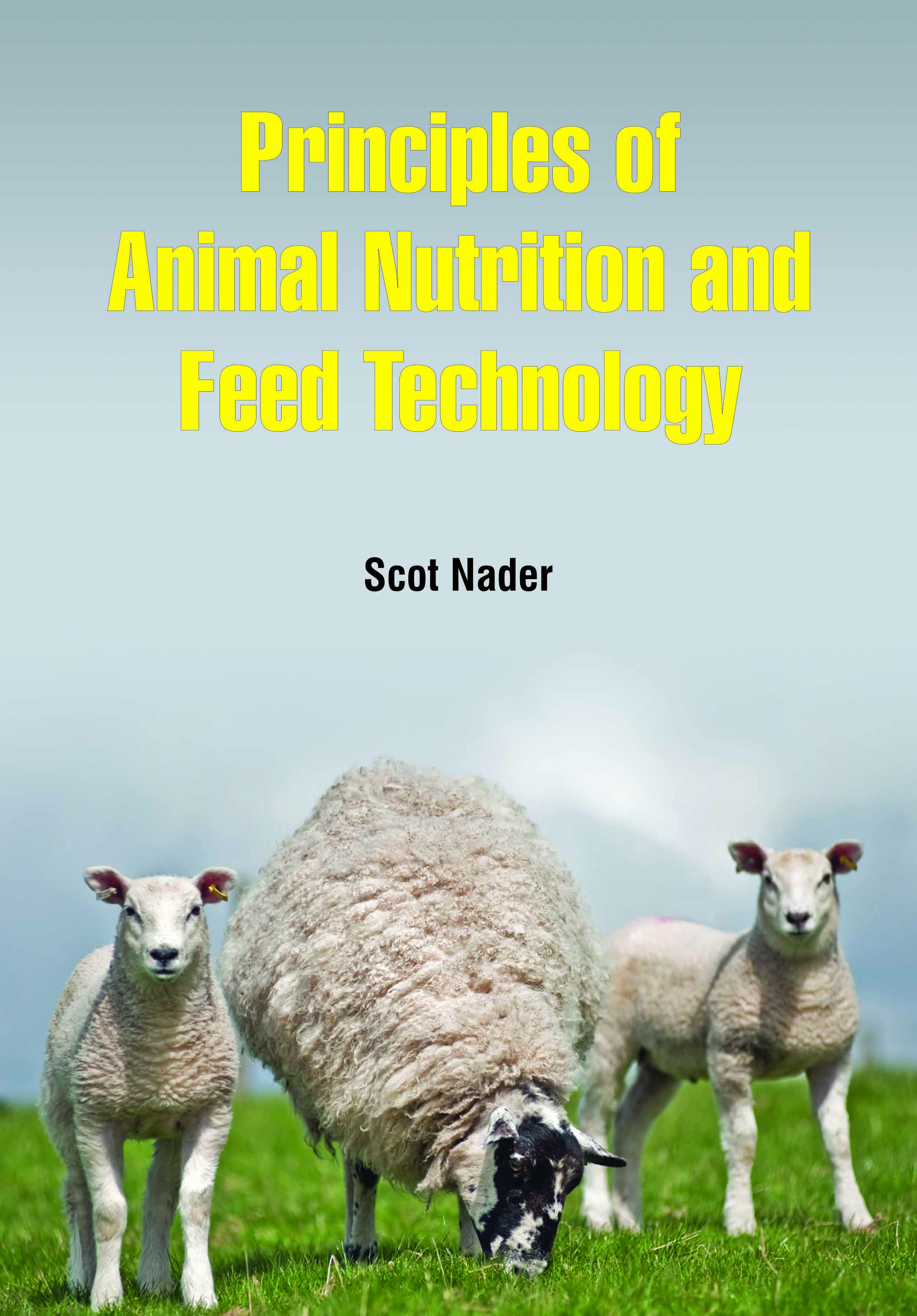
Principles of Animal Nutrition and Feed Technology
by Scot Nader
| ISBN | 9781799600497 |
|---|---|
| Publisher | White Press Academics |
| Copyright Year | 2020 |
| Price | $249.95 |

by Scot Nader
| ISBN | 9781799600497 |
|---|---|
| Publisher | White Press Academics |
| Copyright Year | 2020 |
| Price | $249.95 |
All living animals, and indeed the cells they are made of, have the same basic requirements for energy, protein (as amino acids), minerals, vitamins and water. There is considerable confusion when the terms ‘energy’ and ‘protein’ are used in discussing feeds and their nutritive value. For all animals, and especially ruminants, feeds cannot provide purely ‘energy’ or ‘protein’ All sources of protein can contribute in some way to the energy metabolism of the animal. In ruminants, even sources of purified carbohydrate, containing no protein as such, provide a source of energy for rumen microbes to grow and the microbes then supply additional protein and amino acids to the host animal. Animal nutrition focuses on the dietary needs of domesticated animals, primarily those in agriculture and food production. Meeting livestock nutritional requirements is extremely important in maintaining acceptable performance of neonatal, growing, finishing and breeding animalls. Compound cattle feed is a mixture of various concentrate feed ingredients in suitable proportion. Commonly used ingredients in compound cattle feed include grains, brans, protein meals/cakes, chunnies, agro- industrial by-products, minerals and vitamins. Compound cattle feed is an economical source of concentrate supplements and it could be in the form of mash, pellets, crumbles, cubes, etc. Animal feed needs to meet the requirements of the animal. For cattle it must contain a certain structure to keep the stomach healthy, and for all animals it must contain dry matter, various groups of nutrients, minerals and trace-elements and should not be mouldy or mixed with dirt and soil nor contain poisonous ingredients. The book is useful to postgraduate students of Animal Sciences, teachers and scientists of animal nutrition discipline, personnel of feed industry involved in feed manufacturing and marketing, field veterinarians, animal husbandry extension workers and progressive animal farmers and animallovers.